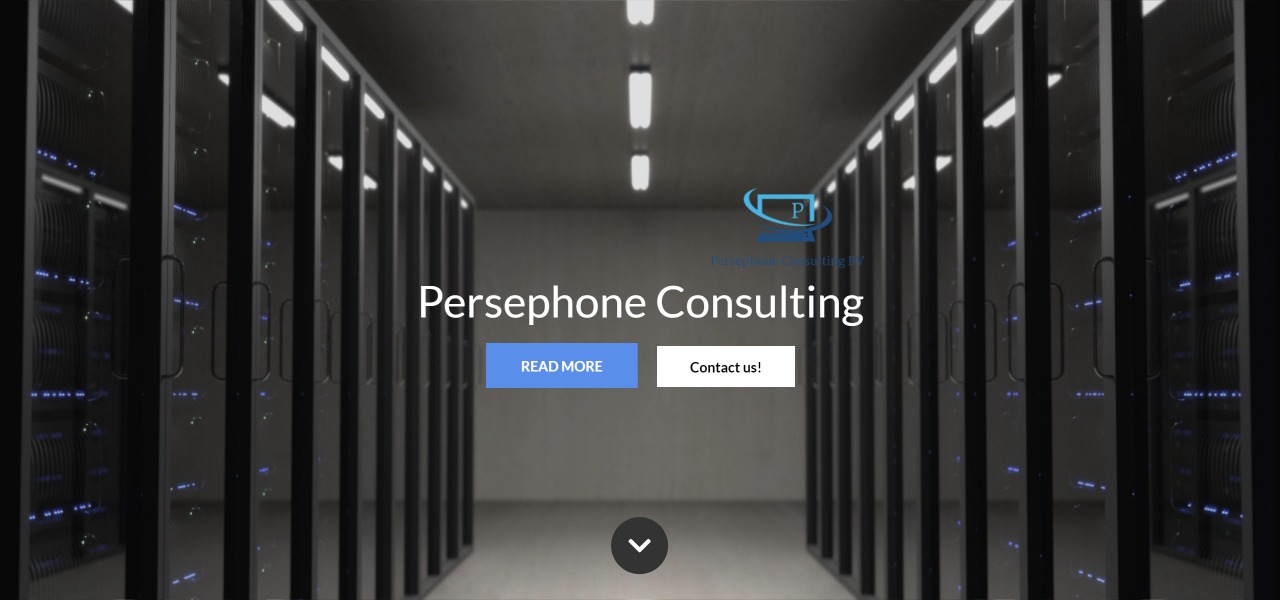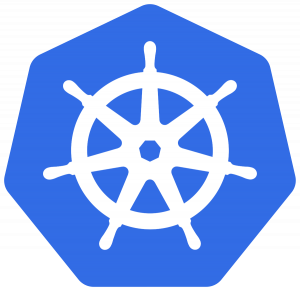Consultancy services
The IT industry is undergoing massive change as businesses have migrated from virtualization to containerization, and from on-premise to hybrid or cloud-only. More than 31% of organizations globally have already migrated their production IT operations to the Cloud enabling them to move their IT expenditure from Capex to Opex, or to a fixed-price service contract. They are also adopting Agile and CI/CD-based operational methods.
Managers race to the Cloud as they assume that it is cheaper and easier and that it looks after itself, whereas nothing could be further from the truth and Cloud customers often receive a huge shock as the bill is far larger than expected.
Whilst there are many positive reasons for moving to the Cloud, there are also a lot of new challenges as Cloud vendors offer a “shared security” model which means they are responsible for their availability of their infrastructure but are not responsible for the security of customer workloads, apps, or data.
This means that you; the customer, is responsible for securing your applications and data, and for protecting yourself and your clients from attack or data loss.
Security teams and IT administrators are now rushing to catch-up and to control and manage new threats posed by containers and off-the-shelf cloud workloads and this is where Persephone Consulting can help.



